Tasting pack 8x200g choose your own products
50,82 €
Make a selection of the flavoured coffees you want to try.
The best coffee comes from freshly roasted coffee beans.
Tips for storing coffee beans
Coffee should be stored in a clean, dry, airtight, cool and dark place. In the case of a storage container, it is best to invest in a vacuum canister.
If, when purchased, the beans are packed in a resealable, opaque, airtight container with a one-way valve to vent gas and prevent contact with oxygen, there is no point in decanting the beans. Such packaging is specifically designed for storage.
It is definitely not a good idea to store coffee in a freezer, as the aroma and flavour of other foods in the fridge will easily stick to the coffee. If you have a longer supply of coffee, you can store the beans in the freezer. To do this, the coffee should be placed in an airtight bag or container with as little oxygen as possible, ideally vacuum-sealed. It would be wise to divide the beans into portions of 1-2 weeks’ regular coffee drinking, so that it is convenient to take from the cold. It is best to grind the beans while they are still cold, or to let them sieve overnight without opening the container, and then store them like fresh beans.
Tips for grinding coffee beans
It is not advisable to grind more coffee beans at a time than is needed for an immediate brew. If the beans are crushed, the oils that give the coffee its aroma start to evaporate when they come into contact with the air, and the coffee loses its pleasant aroma. Coffee also starts to lose its flavour almost immediately after grinding.
Different ways of making coffee require different grindings.
Coffee prepared by the mashing method must be ground to the consistency of granulated sugar. The whole steeping process should take between 4 and 6 minutes. If the coffee has percolated faster than 4 minutes, the beans should be ground finer. However, if longer than 6 minutes, the beans should be ground less.
Espresso requires a particularly fine grind; the coffee should be almost like a powder and gently gritty. The secret to good espresso grinding is the time it takes to mature. 30ml of espresso should be ready in about 25 to 30 seconds. As with drip coffee, you need to grind the coffee finer if the espresso is to be ready in less than 25 seconds. If it takes longer than 30 seconds, the beans should be left coarser when grinding.
Tips for using a press pot
When making coffee with a press pot, the beans must be left coarse when grinding. If the coffee is too finely ground, the beverage may become bitter and it will be difficult or even impossible to push the press into the bottom of the pot.
The classic coffee/water ratio is 70 grams of coffee per 1 litre of water. For a smaller press pot, for example, 35 grams of coffee and 500 ml of water.
It’s not a good idea to pour boiling water on top of the coffee. A simple tip to get the right temperature is to pour the right amount of water into the coffee pot and let it stand for a minute. In this time, the water cools down and reaches the right temperature of about 85 to 92 degrees.
Pour the ground coffee into the press pot and slowly add one third of the water, wait 1 minute. Now stir and slowly add the remaining water. Wait 3 minutes, then stir again. If desired, you can wait a few more minutes for the grounds to settle.
The sieve should be pressed down slowly, not all the way down, leaving a small amount of liquid unused. The longer the coffee and water are in contact, the more bitter and intense the drink will be.
The prepared coffee should be drunk immediately; after half an hour it will have a completely different and not at all fresh flavour;
The press pot can also be used as a milk frother. To do this, heat the milk (skimmed milk is best) until you can’t stick your finger in it. Pour the hot milk into a clean squeezing jug, stir the squeezer up and down for a few minutes, the amount of milk will increase 3-4 times.
Tips for making filter coffee
Filter coffee is made using a coffee machine or a filter cone.
Use a filter that is sized and specific to your filter basket. The most common are bleached white/brown paper filters. Washable wire mesh filters are also certainly suitable.
To make a good coffee, you should use 60 grams of coffee per 1000 grams of water – the result is a balanced cup of medium strength with a taste that has the characteristics of coffee. A suitable water temperature is between 90.5 and 96 °C.
Lower temperatures are preferable for darker roasts, while higher temperatures should be used for lighter roasts. Higher temperatures tend to produce sweeter coffees, while lower temperatures bring out more intense and acidic flavours.
| Weight | 1,9 kg |
|---|---|
| Grind | Coffee beans, Ground |
Be the first to review “Tasting pack 8x200g choose your own products” Cancel reply
You must be logged in to post a review.
Related products
All coffee beans
All coffee beans
All coffee beans
All coffee beans
All coffee beans
All coffee beans
All coffee beans


 Eesti
Eesti Suomi
Suomi Latviešu valoda
Latviešu valoda Lietuviškai
Lietuviškai Русский
Русский
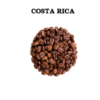
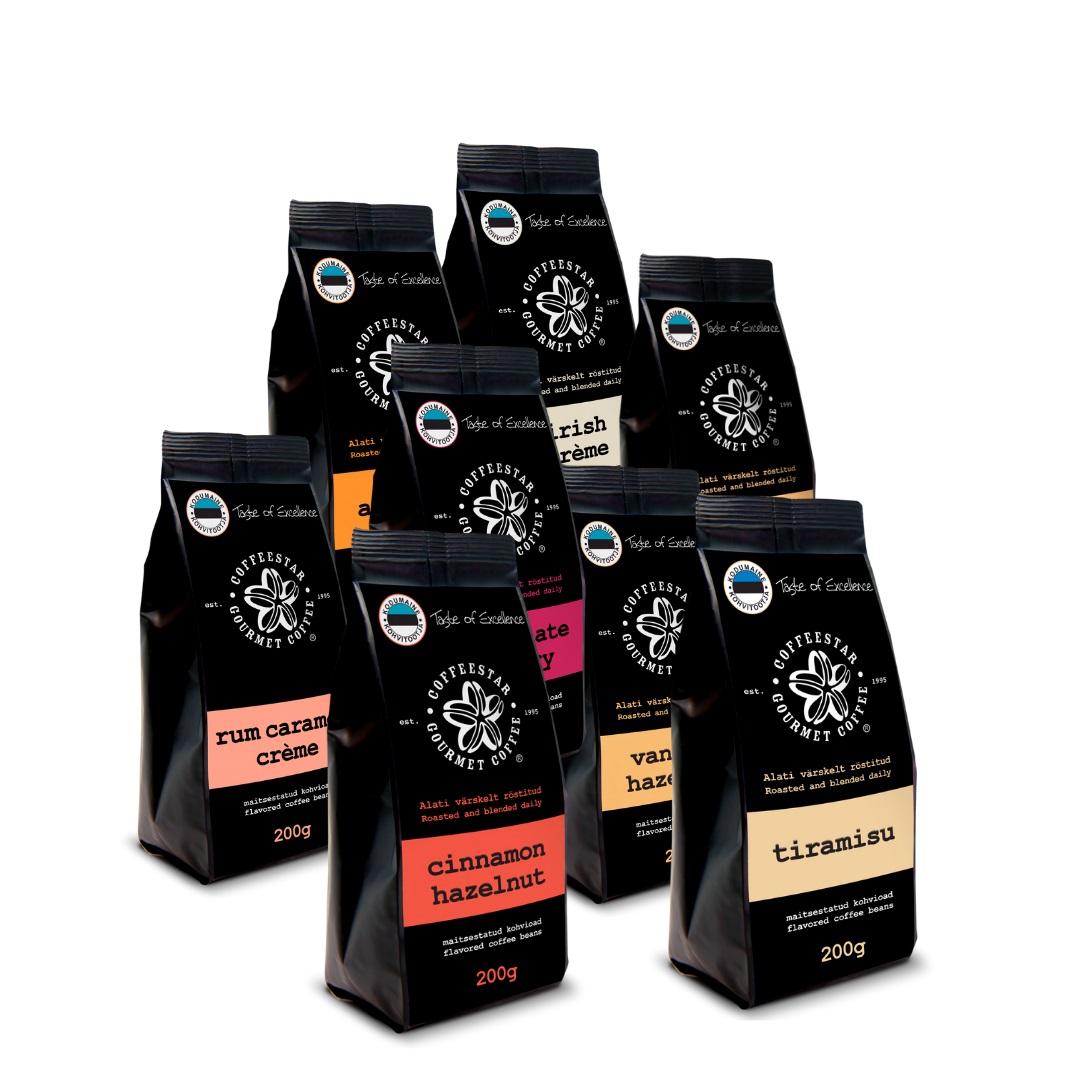

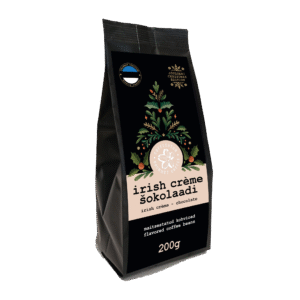

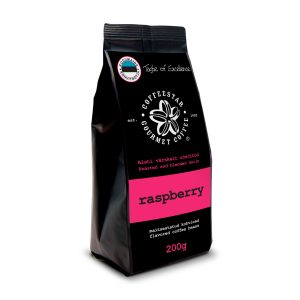
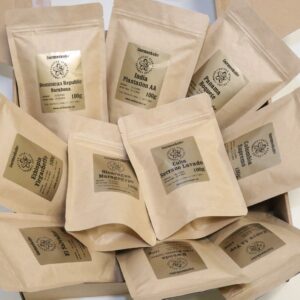


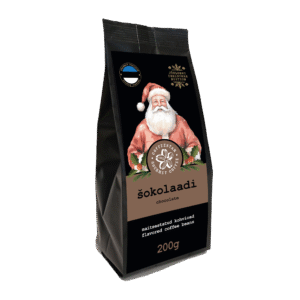
Reviews
There are no reviews yet.